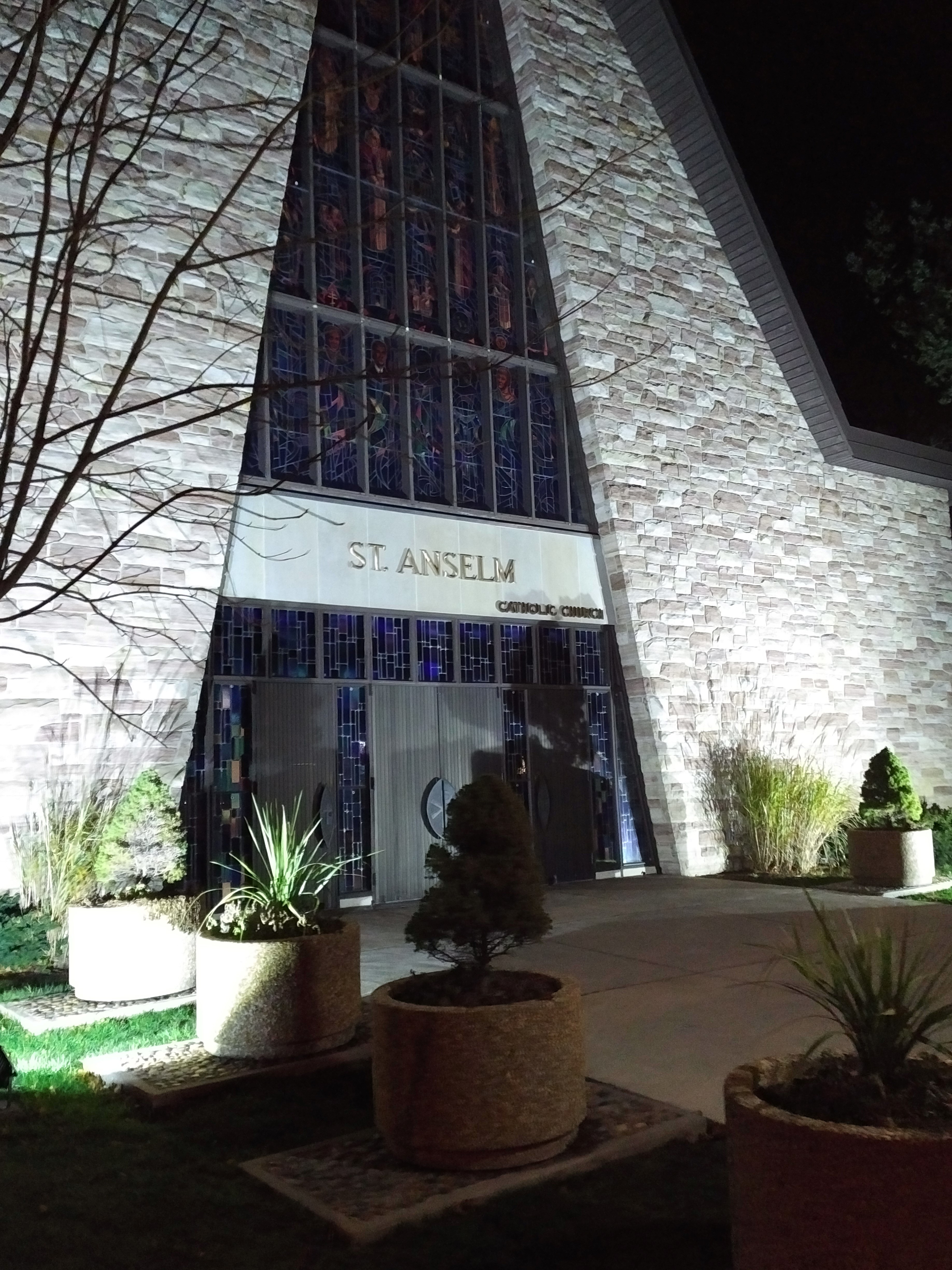
Understanding Catholics' Favourite Prayer
In light of the month of Mary, Dr. Josephine Lombardi, Associate Professor of Systematic and Pastoral Theology at St. Augustine's Seminary, offers an overview, history and tips for praying the rosary, with some excerpts from Living with the Rosary.
“The Rosary is my favourite prayer.” —St. John Paul II
What is the Rosary?
Rooted in the Gospel message, the Rosary is a Christ-centred prayer. Although the prayer is directed to Mary, it is meant to lead us through a meditation on the life, death and resurrection of Jesus Christ. The Rosary walks us through the redemptive work of Jesus, beginning with Mary’s “yes” to God and our Lord’s conception in Mary’s womb – what we call the Incarnation. St. John Paul II tells us that “to recite the Rosary is nothing other than to contemplate with Mary the face of Christ” (Rosarium Virginis Mariae, no. 3).
The Rosary is meant to encourage us to relate our own joys and struggles to those of Jesus and those of his mother, Mary. This prayer is meant to be a “compendium of the Gospel.”
What are the origins of this prayer?
The original form of the Rosary had 150 beads. This prayer was based on the psalter, as monks prayed the 150 psalms each week as part of the Liturgy of the Hours. As some lay people and lay monastics were illiterate, they prayed 150 Our Fathers to substitute for the psalms they could not read, using beads to keep count. Eventually, the Hail Mary was included in the prayer and prayed on many of the beads.
By the year 1130 we see the recitation of Marian psalters (150 rhymed stanzas, each beginning with the word Ave, meaning “Hail”) honouring Mary and paraphrasing a thought from the corresponding psalm. One story of the Rosary describes an encounter between St. Dominic (d. 1221) and Mary. An account of St. Dominic tells how he was given the Rosary in 1214 and used it to convert the Cathars, a breakaway religious movement.
The Rosary as we know it evolved over centuries. The prayer known as the rosarium, or “rose garden,” that began to take shape included introductory prayers and repetition of the Our Father and Hail Mary.
The structure of the Rosary continued to develop between the twelfth and fifteenth centuries, and by the sixteenth century, the five-decade Rosary was used in devotions. Half of the Hail Mary is based on Scripture. By 1160 there were accounts of the beginnings of the full scriptural half of the Hail Mary (Luke 1:28, 42) in some parts of Europe. By this time, the Rosary included the greeting of the angel Gabriel: “Hail (Mary), full of grace, the Lord is with you,” followed by the Our Father, or Lord’s Prayer. Later, the words of St. Elizabeth were added to the Hail Mary: “blessed are you among women.” Around the time of the Council of Trent (sixteenth century), the words “Holy Mary, Mother of God, pray for us sinners, now and at the hour of our death” were added.
In 1569, official devotion to the Rosary was established by Pope Pius V. October 7 was established as the Feast of Our Lady of Victory; it later changed to the Feast of Our Lady of the Rosary. The Rosary went on to be recommended to faithful Christians; many popes throughout history have supported this devotion. The Rosary had become divided into fifteen brackets, or decades, consisting of ten Hail Marys, and mysteries of faith were assigned to each decade. Somewhere between 1600 and 1700, the Gloria and the Apostles’ Creed were added to the recitation of the Rosary.
How Can I Stay Focused While I Pray the Rosary?
Consider alternating Hail Marys by including a petition:
For example: While praying a decade of the Rosary, alternate between praying one Hail Mary in its current form and one Hail Mary with a new petition:
Hail Mary,
full of grace,
the Lord is with thee.
Blessed art thou among women
and blessed is the fruit of thy womb, Jesus.
Holy Mary,
Mother of God,
pray for people experiencing homelessness (poverty, addiction, mental health issues, sickness, etc.).
Consider connecting the mystery of the Rosary with a current issue. For example: While praying the sorrowful mysteries, connect the mystery to people around the world who are experiencing a similar struggle.
· Agony in the Garden: Pray for people experiencing despair or discouragement; people who are afraid; people who are dying.
· Scourging at the Pillar: Pray for victims of torture/abuse.
· Crowning with Thorns: Pray from people suffering due to mental health issues, migraines, strokes, or other neurological disorders.
· Carrying of the Cross: Pray for people carrying heavy burdens.
· Crucifixion: Pray for victims of murder; pray for people who are dying without proper pain control; pray for the souls of the deceased; pray for the bereaved.
Living with the Rosary is available on my website, www.josephinelombardi.com.
